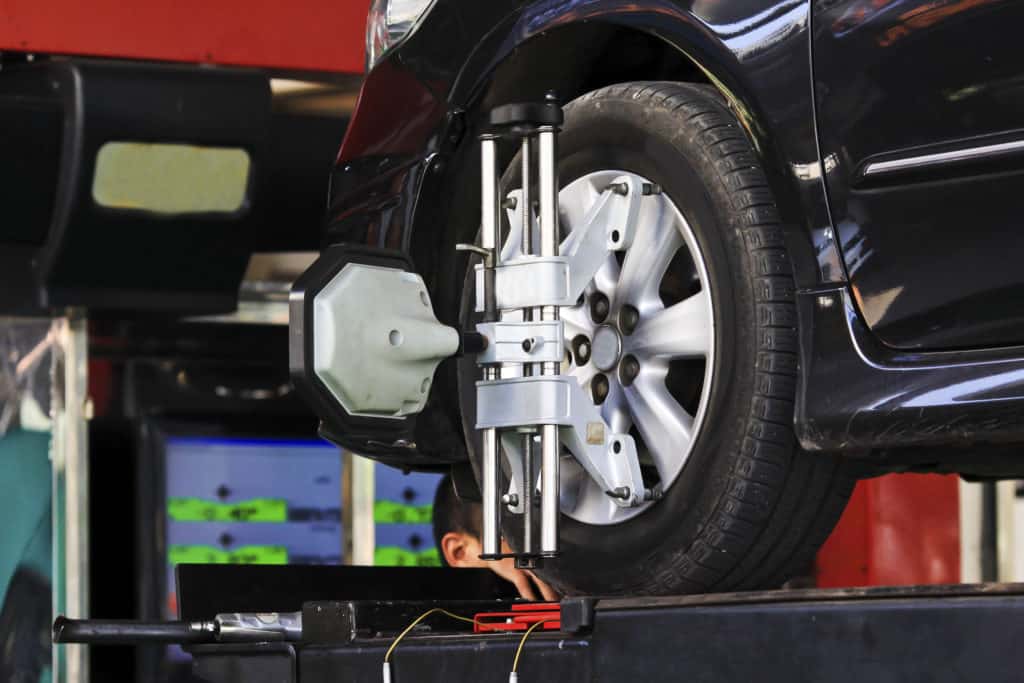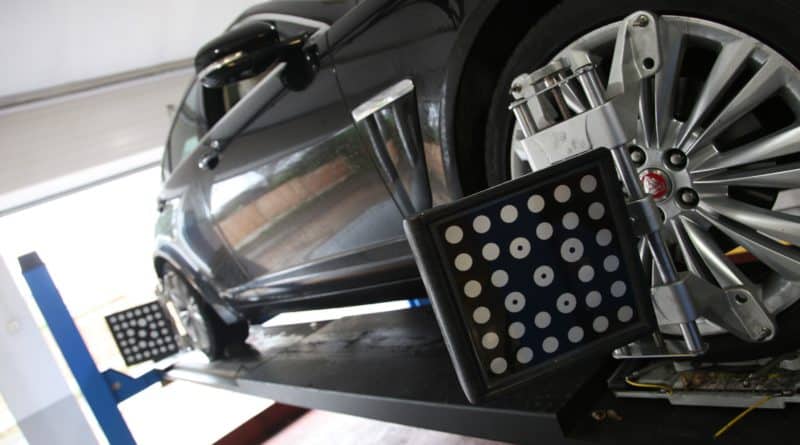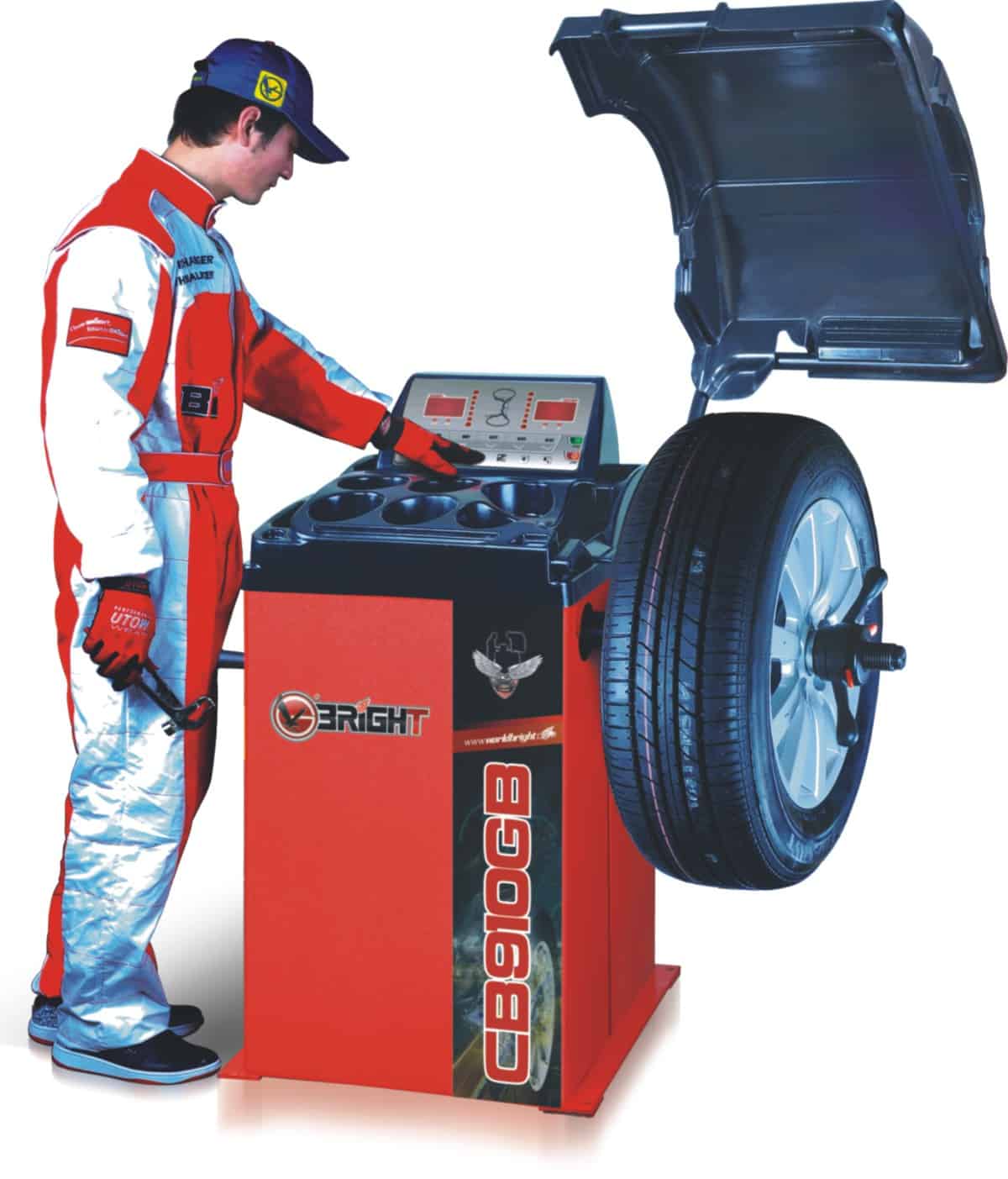Alignment and Balancing: 3 Things You Should Know
I’m sure you must have wondered what the mechanic does to your car during alignment. He spins the wheels on a motor, attaches some weights, plugs in some dotted sheets on all four tyres and sometimes, uses a hammer to get it back in shape. Lemme explain why all that is good for your car.
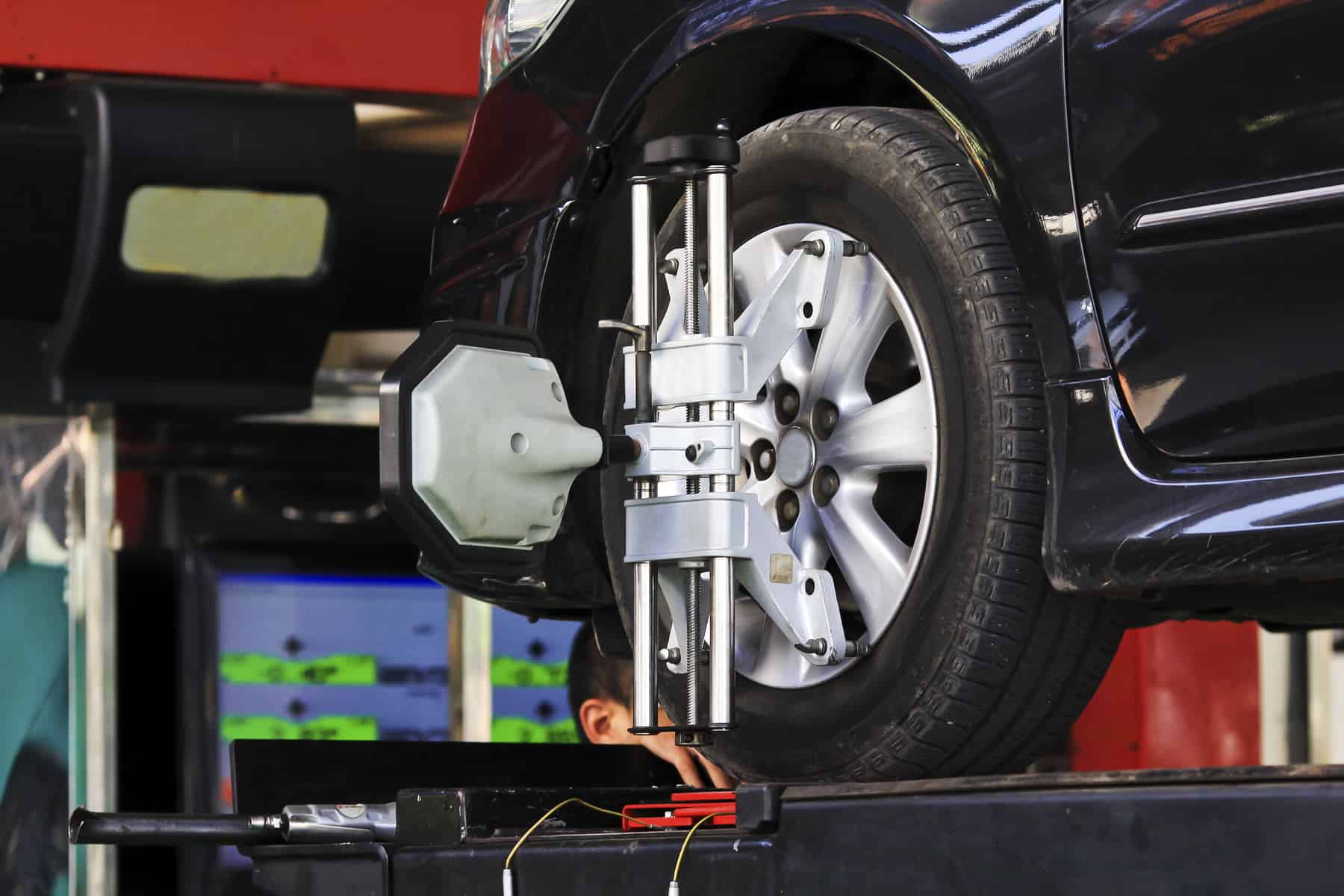
Balancing
In a semi-automatic washing machine, you push the clothes down before turning on the dryer. Not doing this makes the dryer unbalanced as one of its edges is either heavier or lighter. An unbalanced wheel on your car will give out vibrations that are not only unpleasant but also damaging the car’s mechanicals. Hence, the mechanic needs to bring the centre of gravity back to where it belongs; at the centre.
[youtube https://www.youtube.com/watch?v=v5sXEuf8pBM]Alignment
 Sensors Use The Dotted Sheet To Determine Inconsistencies
Sensors Use The Dotted Sheet To Determine Inconsistencies
Alignment is done after the tyres are balanced and put back on the car. Some sheets with a dotted pattern are hooked up to all the four wheels. A computer connected to a set cameras or sensors sees those sheets, finds the problems and displays them on the screen. The mechanic then gets all four wheels sorted out until the computer is satisfied.
While getting them back in shape, there are three things that are kept in mind: Caster, Camber and Toe.
Caster
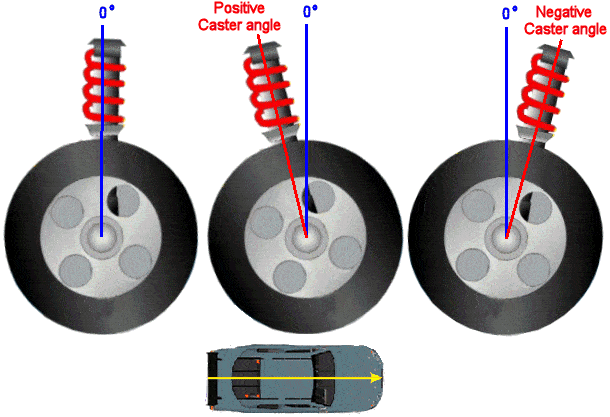
Caster is the angle between the upper and lower ball joints of the front tyres. Think of a motorcycle. The suspension rods are connecting the centre of the tyre at an angle instead of being totally vertical. Even the cars follow the same approach to better absorb shocks.
All passenger cars have a positive caster. The degree of caster needs to be the same on both front wheels.
The car always tries to drift towards the lower caster if you take your hands off the steering. If your left wheel has +5° of caster and the right wheel has +4°, it’ll have a tendency to move towards the right side.
Camber
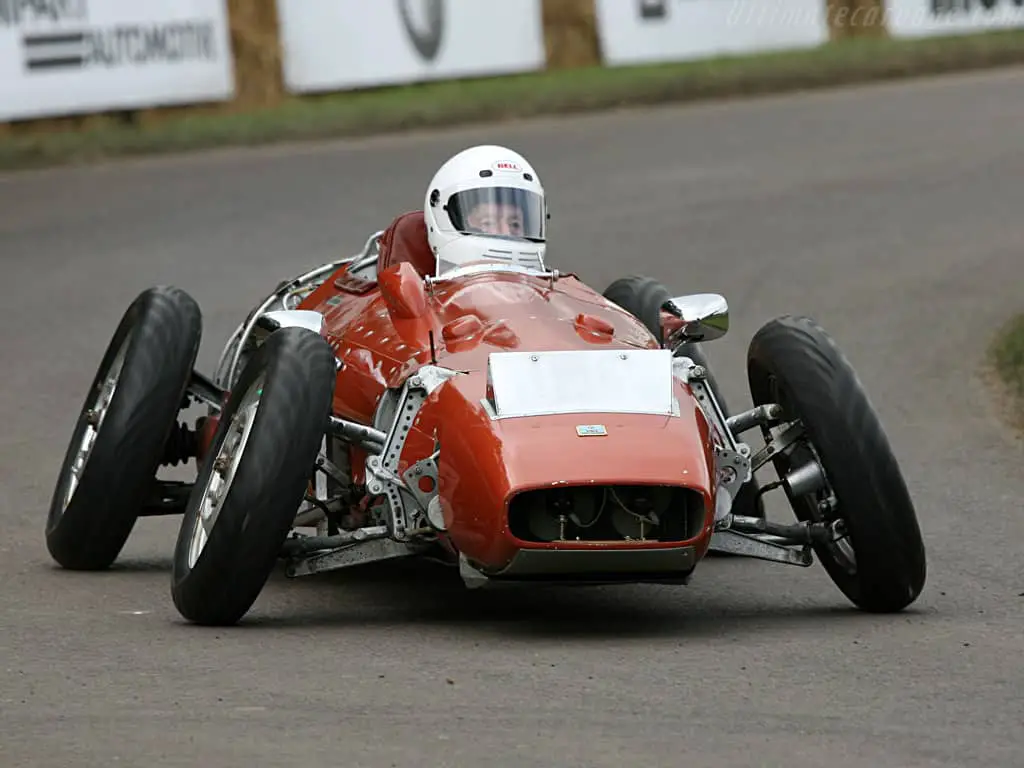
This is the angle you see between the two wheels when looked at a car from the front (or back). If the tyres are closer at the top, it’s negative camber and if they’re wider at the top, that’s positive camber. Or, in simple terms, when looking from the front/back:
If the wheels are forming an ‘A’, that’s negative camber. If they look like ‘V’, it’s positive camber.
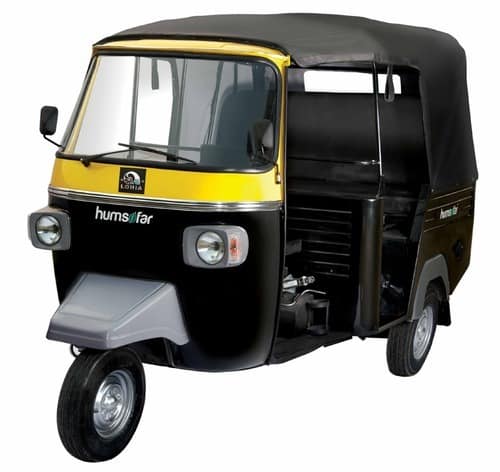
For passenger cars, it’s best to have no camber. Performance cars go for a negative camber to help in cornering. On the other hand, a positive camber helps while hauling a lot of weight. Adding more weight pushes the wheels back to their zero camber state. You can easily spot a positive camber on the diesel-powered 3-wheelers when it’s resting. They are meant to regularly carry 15 passengers.
Toe
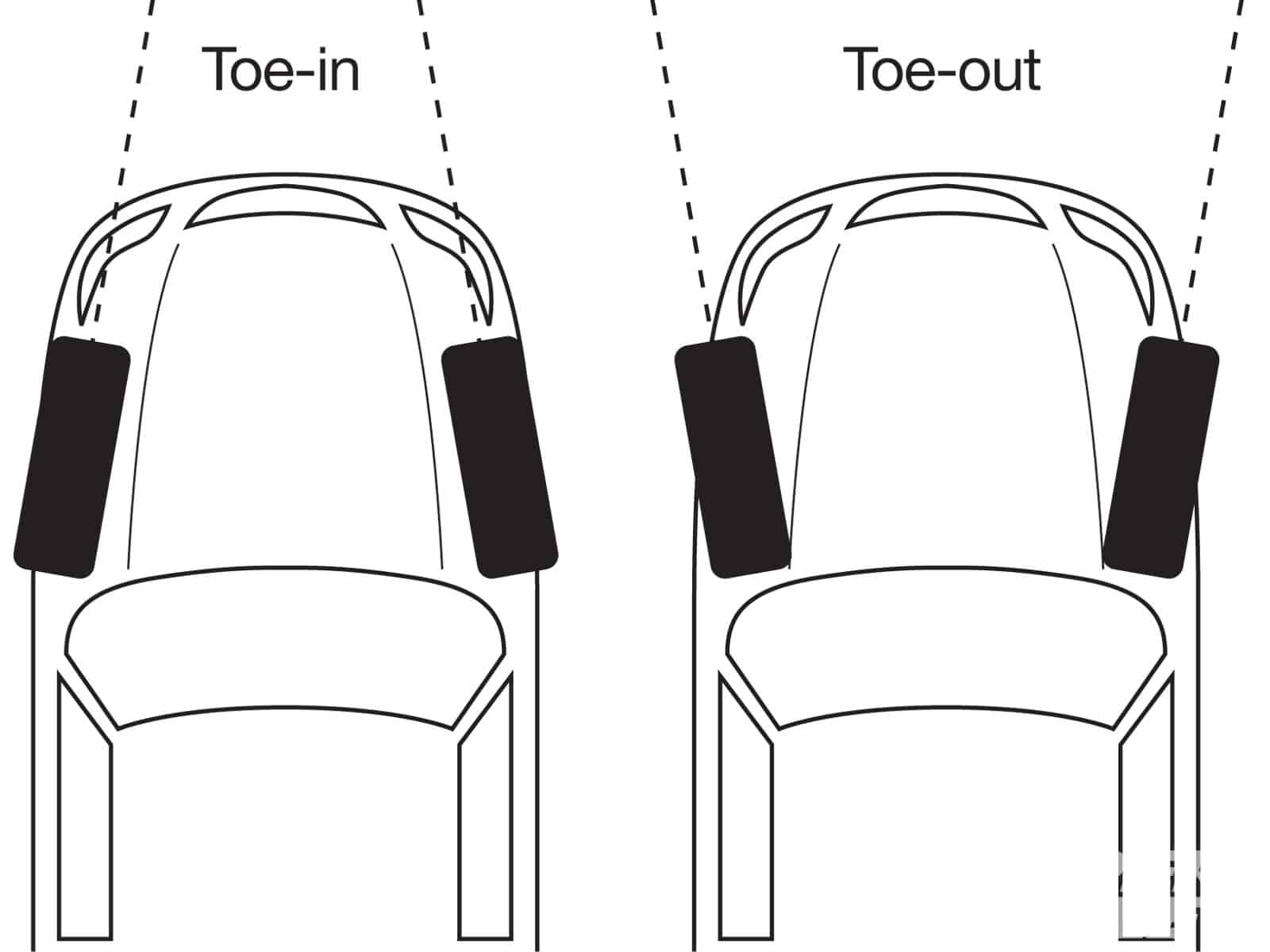
This is the easiest of all three to understand. Imagine pointing your toes outwards and you’d call them ‘toe out’. Point them in and that’s ‘toe in’. Ideally, they should be parallel to each other. As the tyres are fighting each other to go in their own direction, it creates drag and affects the fuel efficiency. There’s also fast and uneven tyre wear to worry about.
Toe in wears out the outside edge of your tyres and toe out will eat up the inside edge of your tyre.
Some manufacturers offer a very small amount of toe-in in their performance-oriented cars for additional grip. As the car starts rolling down the highway, the road surface pushes the tyres outwards to bring them back to parallel position. This negates the toe in that’s present when the car is resting.
The process of alignment eliminates any toe in your car to get the wheels working in unison.
What Can You Do?
You should get your wheels aligned once every 5,000km. Balancing can be done once every 10,000km. If you have to drive through a lot of potholes and broken roads regularly, then get the wheels balanced every 5,000km.
Also See: What to do if your car battery fails
- 5 Reasons Why You Should Consider Datsun GO, GO Plus this Diwali - October 12, 2018
- Mini Electric Production Designs Unveiled for the First Time - July 13, 2018
- More Volvo XC40 Variants Inbound? - July 11, 2018
